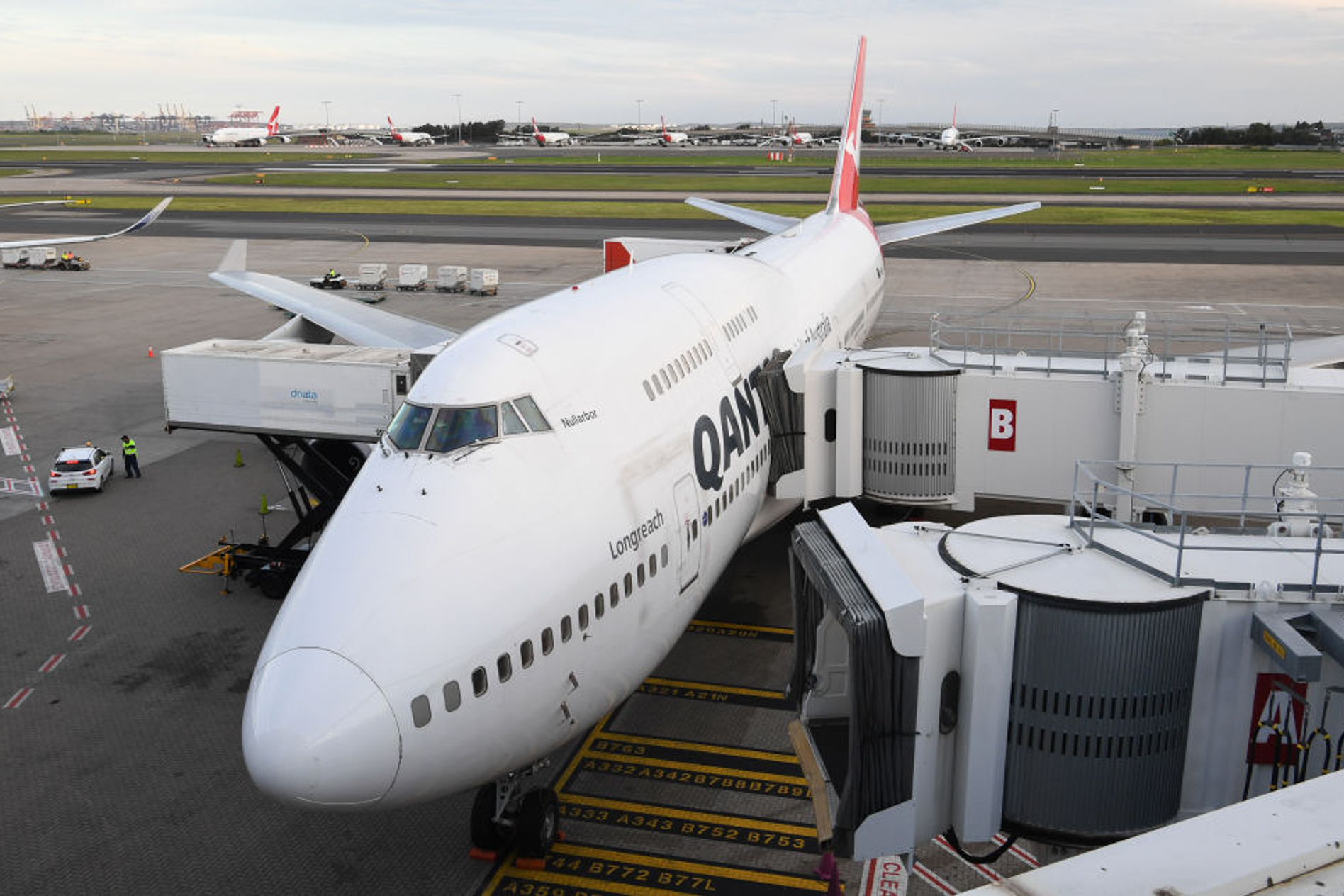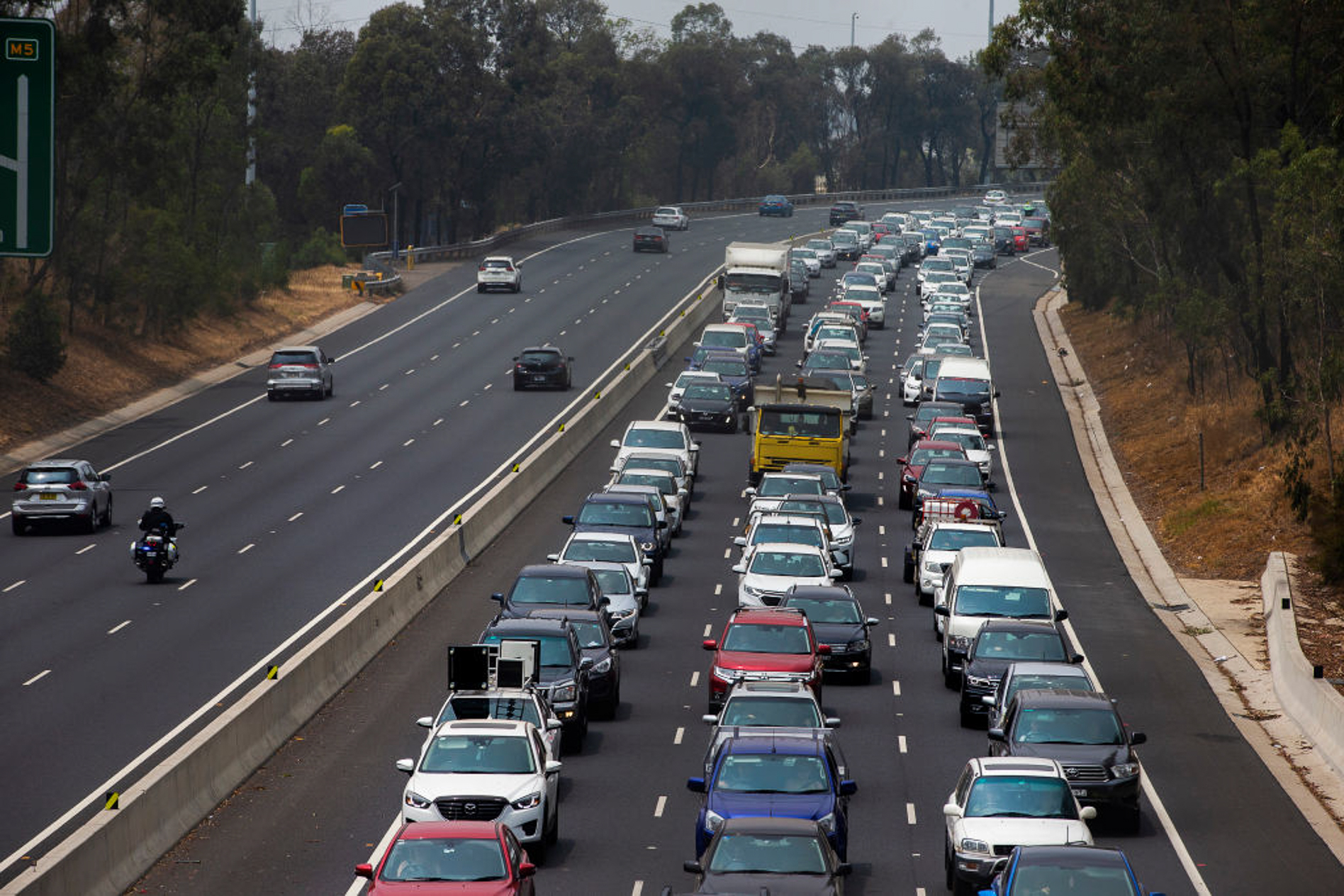
So we move into another week of our ‘new normal’, but I reckon we are doing it under clearer, bluer skies!
WhichCar is putting together a more comprehensive story that you’ll see later in the month around how much less pollution has been produced while we’ve all been grounded – but some early numbers make for interesting reading.
For example, the Australia Institute reckons that 10 million tonnes of CO2 could be kept out of the atmosphere around Australia this year just in the reduction of jet travel alone, thanks to the coronavirus.
This amount matches the drop in CO2 emissions from the global aviation industry – reductions of just five per cent in February and 10 per cent in March – you can just imagine what the April figure is going to look like.

This 747 flight on March 29 marked the last international landing for Qantas
Locally, aviation makes up just seven percent of total annual transport emissions of around 96-100 million tonnes of CO2, with road transport accounting for about half of that figure, and private cars half of that again.
As well, levels of nitrous oxide – the most lethal component of vehicle emissions – are on the decline in countries like Italy and China in the wake of travel restrictions.
Thanks to the coronavirus, Australia has seen air travel come to an almost-dead stop – Virgin, for example, is down to one flight between Sydney and Melbourne a day, down from something like 16 – and so it follows that car commuting figures will be down by similarly vast amounts as those who are able to work from home.
Sure, there will be some offset with an increase in commercial deliveries, but a critical mass of car users aren’t using their vehicles anywhere near as much at the moment.

By the end of the pandemic phase of COVID-19’s spread, it’s not unreasonable to suggest, then, that passenger car emissions could be reduced by as much as 20 million tonnes this year alone. That’s a pretty significant number.
Shots from around the world show skylines that haven’t been blue for years, including San Francisco (below), Dehli and others.

At the very least, it should throw a spotlight on the fact that Australian vehicle CO2 outputs are pretty high, and haven’t come down significantly for a decade. Currently, the CO2 average across the Aussie carpark is still around 180g/km… and it was 190g/km in 2010.
And it also suggests to me that this event may be a catalyst for cleaner technologies like electric cars.
Yes, the arguments around lack of infrastructure and consumer desire still exist – and the fact of the matter is that not everyone is thinking ‘new car’ at the moment.

But this could be the very opportunity that the EV movement needs; a pause for thought, and a genuine chance to put forward a compelling argument for EVs in what will undoubtedly be a different world once this particular pandemic settles into the background.



